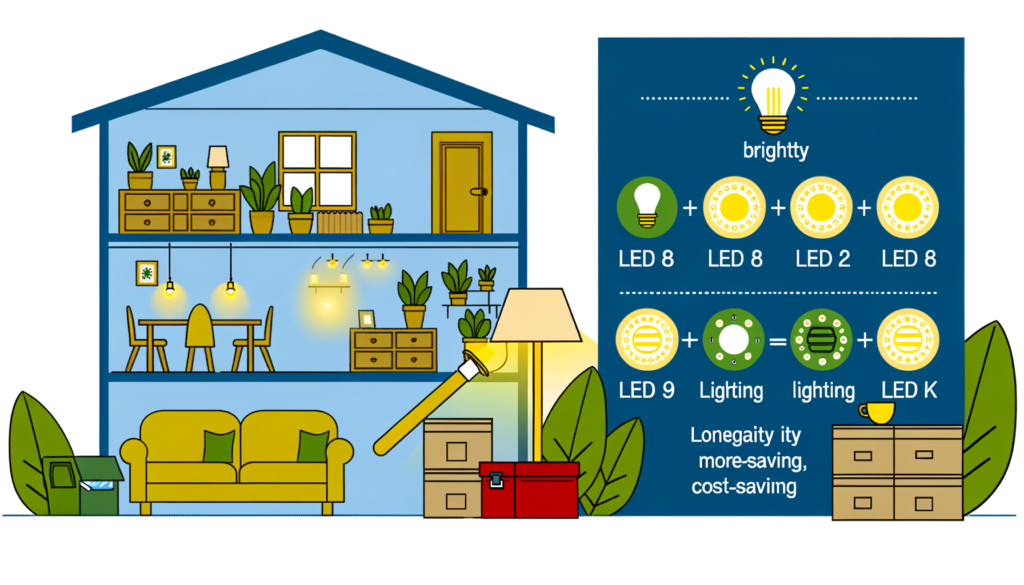LED lighting has become increasingly popular in residential settings for its numerous benefits. From energy efficiency to durability, LED lights offer a variety of advantages over traditional incandescent and fluorescent lighting. In this article, we will explore the benefits of LED lighting in residential settings.
Energy Efficiency
One of the primary benefits of LED lighting is its energy efficiency. LED lights use significantly less energy than traditional incandescent and fluorescent lights, resulting in lower electricity bills for homeowners. Additionally, LED lights produce very little heat compared to incandescent bulbs, which helps to reduce energy consumption in cooling systems during the hotter months.
Longevity
LED lights have an impressive lifespan, typically lasting up to 50,000 hours or more. This means that LED bulbs need to be replaced much less frequently than incandescent or fluorescent bulbs, saving homeowners time and money on maintenance costs.
Durability
LED lights are incredibly durable and resistant to shock, vibrations, and extreme temperatures. This makes them ideal for use in residential settings where accidents or harsh conditions may occur. LED lights are also less prone to breakage, making them a safer option for households with children or pets.
Instant On
Unlike traditional incandescent bulbs that require time to warm up, LED lights turn on instantly at full brightness. This instant-on feature is not only convenient but also improves safety by providing immediate illumination in the event of an emergency.
Environmentally Friendly
LED lights are environmentally friendly as they do not contain mercury or other hazardous materials found in traditional fluorescent bulbs. LED lights are also recyclable, making them a more sustainable choice for homeowners looking to reduce their carbon footprint.
Design Flexibility
LED lights come in a variety of shapes, sizes, and colors, giving homeowners more design flexibility when it comes to lighting their space. Whether you prefer warm or cool lighting tones, there is an LED option to suit your preferences and enhance the aesthetic of your home.
Conclusion
LED lighting offers numerous benefits for residential settings, from energy efficiency and longevity to durability and design flexibility. By making the switch to LED lights, homeowners can enjoy lower energy bills, reduced maintenance costs, and a more environmentally friendly lighting solution for their homes.

